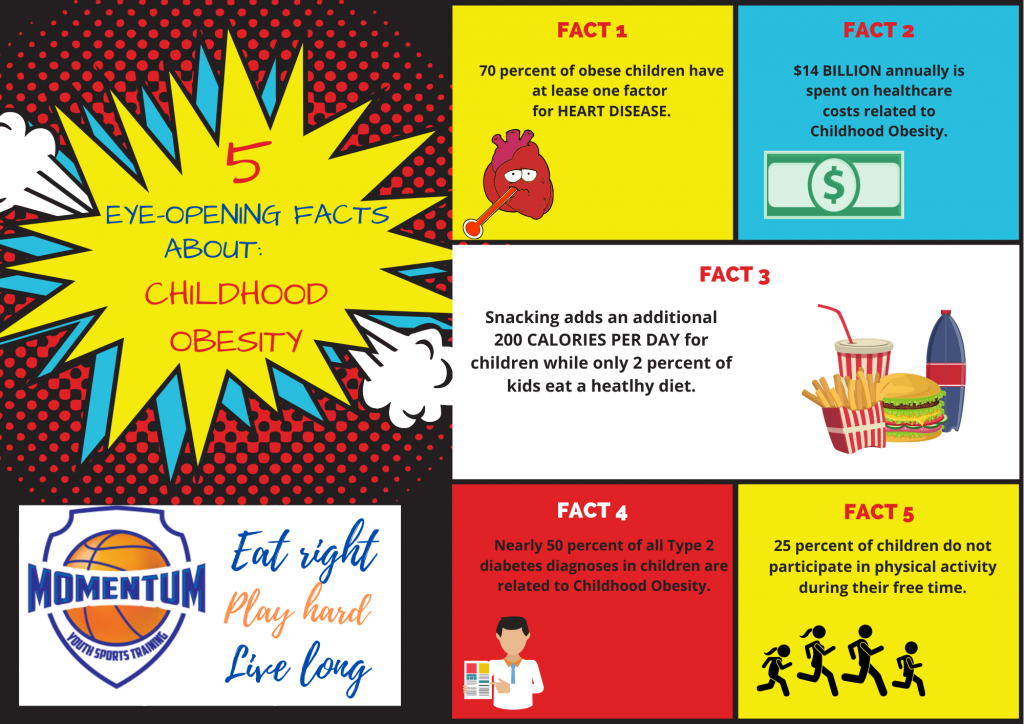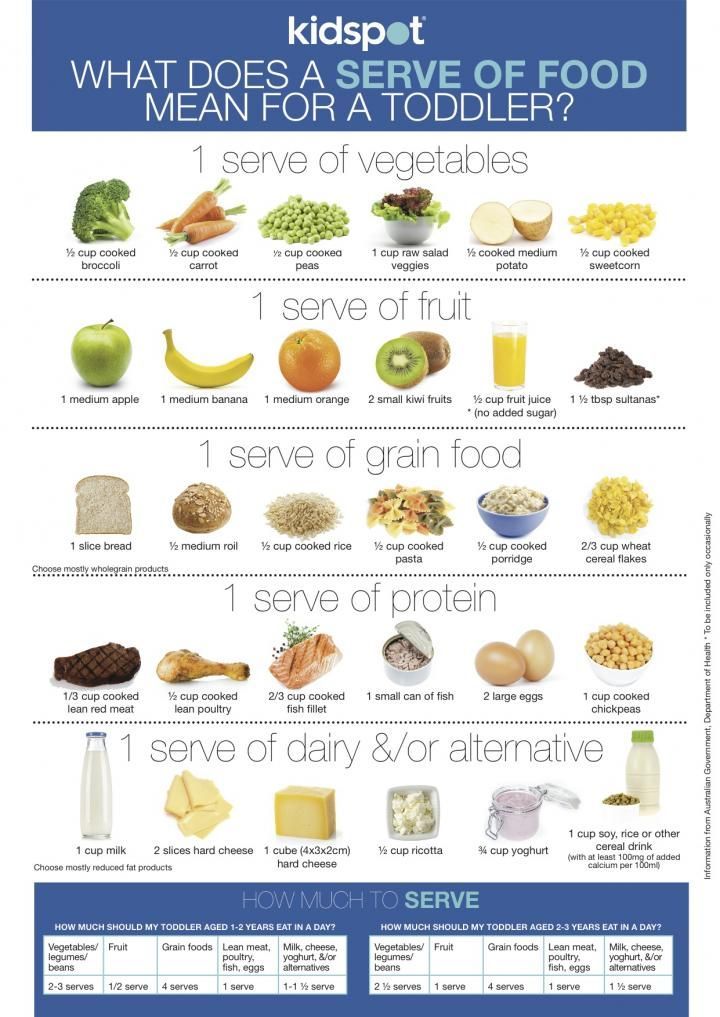

Choose MyPlate: 10 Tips to a Great Plate
Making food choices for a healthy lifestyle can be as simple as using these 10 Tips. Use the ideas in this list to balance your calories, to choose foods to eat more often, and to cut back on foods to eat less often.
- Balance calories
Find out how many calories YOU need for a day as a first step in managing your weight. Go to the MyPlate Plan to find your calorie level. Being physically active also helps you balance calories.
- Enjoy your food, but eat less
Take the time to fully enjoy your food as you eat it. Eating too fast or when your attention is elsewhere may lead to eating too many calories. Pay attention to hunger and fullness cues before, during, and after meals. Use them to recognize when to eat and when you’ve had enough.
- Avoid oversized portions
Use a smaller plate, bowl, and glass. Portion out foods before you eat. When eating out, choose a smaller size option, share a dish, or take home part of your meal.
- Foods to eat more often
Eat more vegetables, fruits, whole grains, and fat-free or 1% milk and dairy products. These foods have the nutrients you need for health — including potassium, calcium, vitamin D, and fiber. Make them the basis for meals and snacks.
- Make half your plate fruits and vegetables
Choose red, orange, and dark-green vegetables like tomatoes, sweet potatoes, and broccoli, along with other vegetables for your meals. Add fruit to meals as part of main or side dishes or as dessert.
- Switch to fat-free or low-fat (1%) milk
They have the same amount of calcium and other essential nutrients as whole milk, but fewer calories and less saturated fat.
- Make half your grains whole grains
To eat more whole grains, substitute a whole-grain product for a refined product — such as eating whole wheat bread instead of white bread or brown rice instead of white rice.
- Foods to eat less often
Cut back on foods high in solid fats, added sugars, and salt. They include cakes, cookies, ice cream, candies, sweetened drinks, pizza, and fatty meats like ribs, sausages, bacon, and hot dogs. Use these foods as occasional treats, not everyday foods.
- Compare sodium in foods
Use the Nutrition Facts label to choose lower sodium versions of foods like soup, bread, and frozen meals. Select canned foods labeled “low sodium,” ”reduced sodium,” or “no salt added.”
- Drink water instead of sugary drinks
Cut calories by drinking water or unsweetened beverages. Soda, energy drinks, and sports drinks are a major source of added sugar, and calories, in American diets.
Game Day Nutrition Tips for Young Athletes
By Jill Castle MS, RDN

Have young athletes in your family? Feeding them requires knowledge and planning. Not only do they need optimal nutrition for fueling and recovery from training, but they also must meet energy demands of growth and maturation. Help your kids refuel with the nutrients they need by focusing on family mealtimes before and after practice or game day.
Nutrition for Everyday Athletes
Focus on carbs for energy. Choose whole-grain bread, crackers, cereal, pasta and potatoes for lasting energy. Save sports drinks for an energy boost during endurance sports or training sessions lasting more than an hour.
Spread out protein foods. Active bodies need protein to support growth and build and repair hardworking muscles. Young athletes should spread protein foods throughout the day, having some at each meal and with most snacks, such as eggs and whole-grain toast with fruit for breakfast or a sandwich with low-sodium deli meat on whole-grain bread with yogurt and raw veggies for lunch. Plant-based protein foods like tofu and beans also are great choices.
Use caution with fatty foods. Fatty foods slow digestion, which is not ideal for an athlete facing a competition. Greasy, fried foods and fatty desserts are filling and may leave your athlete feeling tired and sluggish. Skip the fries or pizza before practice, and keep fat content on the light side.
Eat with food safety in mind. Nothing will slow down your athlete more than food poisoning – having stomach cramps, nausea, vomiting or diarrhea after eating. Make sure you store snacks at proper temperatures to prevent spoilage. Keep cheese, yogurt, meat, eggs and salads made with mayonnaise in a refrigerator or cooler. Shelf-stable items such as nuts, granola bars and whole fruit can be tossed into a sports bag without a problem.
Flow with fluids. Good hydration should begin early in the day before kids even set foot on the playing field. Stay hydrated by drinking plenty of water during the day leading up to a game, especially in the two to three hours before game time. Continue to drink during the game (about 1/2 cup every 15 minutes) and afterward to rehydrate after sweat loss. Water should still be kids’ go-to drink for exercise that’s under 60 minutes. Training sessions over an hour may require a sports drink to replace electrolytes lost through heavy sweating.
Timing is everything. When you eat is just as important as what you eat. Your body needs two to three hours to digest a regular meal such as breakfast or lunch before an athletic event, while a small snack such as a granola bar can be eaten 30 minutes to an hour in advance. Load up at meals but don’t overeat, and keep snacks light as you get closer to game time.
Topping it off with milk. In addition to water, fat-free and low-fat milk also are smart ways to help young athletes meet their fluid needs. But that’s not all. Just one cup of milk packs 15 to 24 percent of the protein most school-aged kids need in a day. It also delivers important nutrients of which most young athletes don’t get enough, such as calcium, which is critical for building strong bones, transmitting nerve impulses, and helping muscles contract, as well as potassium for fluid balance.
Eating right on gameday is your athlete’s secret weapon for top-notch performance, whatever the sport. Here’s a sample game day nutrition plan:
Pre-game breakfast. Gather together the family for a pre-game breakfast about three hours before the event. Serve sliced and lightly grilled potatoes paired with scrambled eggs and fruit such as berries along with calcium-fortified orange juice or fat-free milk for a nutritious pre-game meal.
Don’t light-load or skip lunch. Many student athletes compete after school making lunch an essential fuel source. Lunch should be hearty and represent as many food groups as possible, including whole grains, lean protein, fruit, vegetables and low-fat dairy.
During the game/practice. Make sure your child keeps hydrated before, during and after practices and competitions. Dehydration results when your child athlete fails to adequately replace fluid lost through sweating. Dehydration that exceeds 2 percent body weight loss harms exercise performance, so make sure your child is well hydrated throughout the game with small amounts of water. Remind your child to replace fluid losses after exercise with lots of water. Also look to foods such as bananas, potatoes and fat-free or low-fat yogurt or milk. They contain potassium and carbohydrates which are important to replenish after exercise.
Post-practice or afternoon game snack. The hours after practice or a weekday competition may necessitate snacking before your family dinner. Make sure to have pre-prepared snacks ready when your kids arrive home hungry from a tough after-school practice or game. This can include sliced fresh fruit, low-fat yogurt and smoothies.
Post-game family dinner. For a tasty and filling post-game family dinner, include all five food groups — protein, grains, vegetables, fruit and dairy. Serve baked or broiled lean cuts of meat such as chicken breast, salmon or tuna. Include whole grains, for example, whole-wheat pasta with a low-fat tomato or cheese sauce. Toss in vegetables or include a side green salad. Then, complete your meal with fruit for dessert, such as baked apples or pears accompanied by a glass of low-fat or fat-free milk. Or create an instant yogurt parfait with layers of low-fat vanilla yogurt, fresh, frozen or canned fruit, and crunchy whole-grain cereal.
